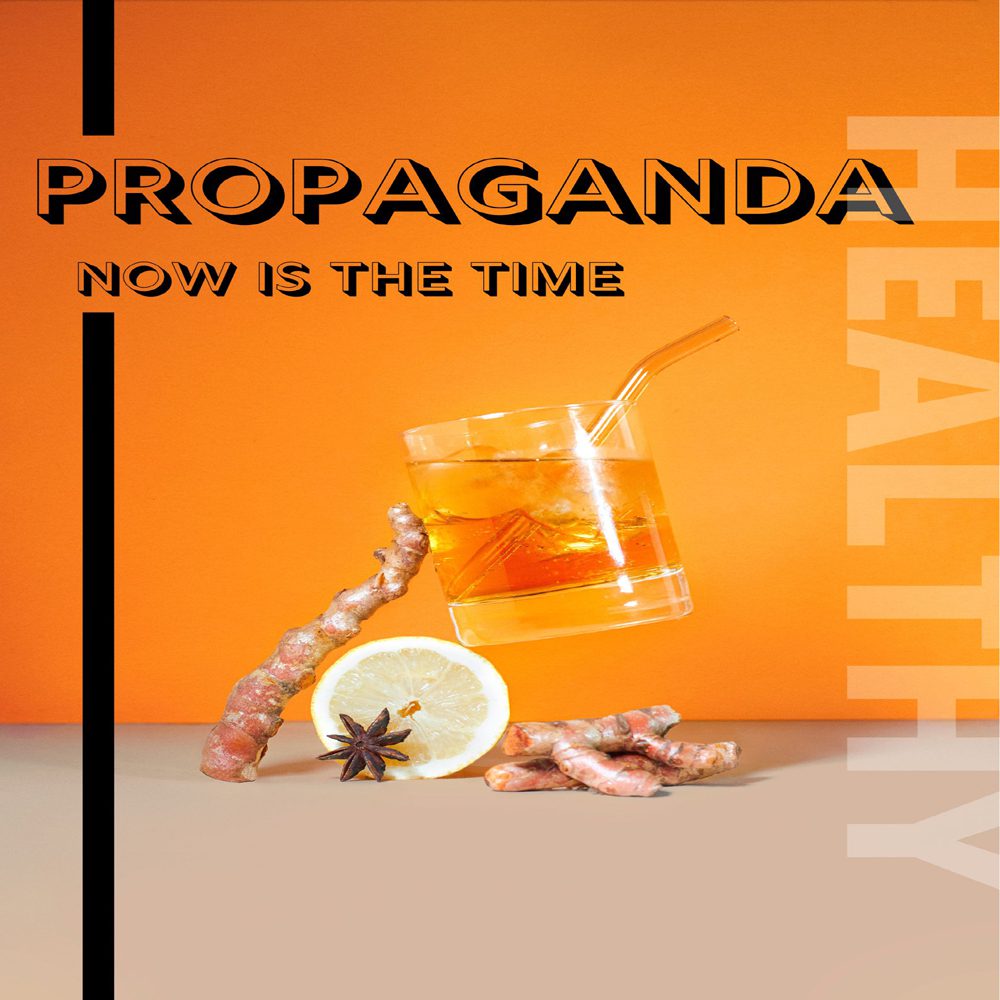What are Public Relations?
Public Relations as practiced is particularly a 10th century phenomenon. The origins of public relations however can be traced back to the dawn of civilization. Its fundamental elements are informing people, persuading people and integrating people. These are the basics to the earliest society as they are today.
What is the purpose of public relations?
Public relations were mainly used by companies to promote their products, brands and to maintain their corporate image, through press releases, news conferences and through organizing product exhibitions.
What are Public Relations? Definition and Practice
Public Relations as practiced is particularly a 10th century phenomenon. The origins of public relations however can be traced back to the dawn of civilization. Its fundamental elements are informing people, persuading people and integrating people. These are the basics to the earliest society as they are today.
During the developmental process the public relations undergo further divisions and many pr branches evolved:
- Media Relations
- Production relations
- Investor relations
- Internal relations
- Customer Relations
- Community relations
- Government relations
Public relations were mainly used by companies to promote their products, brands and to maintain their corporate image, through press releases, news conferences and through organizing product exhibitions.

Advertising
There is another process called Advertising which is often confused with public relations. Advertising is completely different from public relations. What are Public Relations?
Advertising is used to garner the public attention through the use of various media channels. It is used to promote the newly launched product or to increase the sales of any particular product.
Advertising is used externally to inform the public about the various product launches while Public Relations are used both internally and externally to project the companies’ views about the employees and the other stakeholders.
When modern society is becoming more and more complicated with hundreds of communication channels at hand, public relations has become extremely important to communicate with the masses. It has also become very difficult for the PR professionals to employ traditional form of PR campaigns. The reason for this subtlety of human behavior, audience keeps changing within the gaps of time from one mass media to another mass media.
Though with the advent of Social Media Advertising has become easier ever since it has been and much cheaper than the traditional forms of advertising.
Today Public relations are used by Political parties to Mould the public opinion.
Political parties utilized the full potential of PR campaigns. As PR campaigns are designed to Mould and change the public opinion, public relations found a new Phenomenon: propaganda
Propaganda
An important influence on public opinion is propaganda. According to the institute for propaganda analysis:
propaganda is an expression of opinion by individuals and groups. Which is deliberately designed to influence opinion or action by other individuals or groups with reference to predetermined ends.

“Propaganda of every kind”, awakens passion by confusing the issues. It makes the insignificant seen weighty; it makes the important seen trifling; it keeps the channels of communication full of exciting stuff; it keeps people battling in fog. What are Public Relations?
Propaganda has come to be known as an evil force through its widespread use in creating hate and fear. In the time of war, it is extensively by means of atrocity stories, brain washing, brutality and barbarism. Relation
Public relations are sometimes referred to as propaganda, since they are deliberately designed to influence public opinion.
Most Public relations programs are honest and straightforward efforts to influence public opinion.
However, the word propaganda is commonly understood today. Public relation is not a propaganda tool. It is not subversive activity that suppresses relevant facts, publishes false and misleading information, distorts the truth and attempts to manipulate public opinion. What are Public Relations?
Public relations critics refer to it as propaganda with the implication that it is an evil force that seeks to subvert public opinion.
A technique of pernicious propaganda, subversive propaganda employs various techniques to manipulate public opinion. What are Public Relations?
- Evasion of truth is characteristics of most “bad” propaganda
- Deliberate falsehoods are fabricated with intent to deceive the public.
- Propagandists use the variations of the “big lie” including evasion of the truth by quibbling and dodging.
- They employ words with double meaning.
- Omit significant facts and resort to gross exaggeration to convince the public that it should accept propagandist views. What are Public Relations?
Propaganda used by political Parties
When political parties are no longer secular and democratic, Propaganda becomes eviler. Here again with the advent of social media. The propaganda travels with the light of speed and harms the cause within the fractions of the time. Humanity has ever seen the atrocity of propaganda as it is seeing these days. Every year thousands of innocent lives get lost through the ugly process of propaganda. What are Public Relations?
When Public relation is hired for good cause, the Propaganda is always hired to thwart the former.
How Corporate use Public Relations: a case study Cadbury Worm Controversy
In October 2003, just a month before Diwali, customers in Mumbai complained about finding worms in Cadbury Dairy Milk chocolates. Quick to respond, the Maharashtra Food and Drug Administration seized the chocolate stocks manufactured at Cadbury’s Pune plant.
In defense, Cadbury issued a statement that the infestation was not possible at the manufacturing stage and poor storage at the retailers was the most likely cause of the reported case of worms.
FDA commissioner
But the FDA didn’t buy that eventually, FDA commissioner, Uttam Khobragade told CNBC-TV18, “It was presumed that worms got into it at the storage level. He further told, “but then what about the packing”. “Packaging was not proper or airtight, either ways it’s a manufacturing defect with unhygienic conditions or improper packaging.” What are Public Relations?
Bharat Puri, managing director, Cadbury’s India says, “While we’re talking about a few bars of the 30 million we sell every month – we believe that to be a responsible company, consumers need to have complete faith in products. So even if it calls for substantial investment and change, one must not let the consumers’ confidence erode.”
Simultaneously, Cadbury’s roped in brand ambassador Amitabh Bachchan to do some heavy-duty endorsement putting his personal equity on the line for the brand. What are Public Relations?
The company upped ad spends for the Jan-March quarter by over 15 per cent. The recovery began in May 2004, and by June, Cadbury’s claimed that consumer confidence was back. These experts believe that the reason for Cadbury’s success was that it took the crisis head-on. And the consumers were more forgiving, because the brand enjoyed an emotional equity in India.
OBJECTIVES | What are Public Relations?
- Infestation could never occur at the manufacturing stage.
- The problem was storage linked.
- Cadbury dairy milk continued to be safe for consumption.
- Let its brand and its performance speak for it.
- Regaining product trust.
- Restoring the company’s image and reputation.
- Cadbury dairy milk continued to be safe for consumption.
Solution for the Worm Controversy | What are Public Relations?
- Over the next six months a well-focused and intense communications program was implemented to rebuild credibility and restore confidence among the key stakeholders.
- In the media, the key message that infestation was a storage-linked problem, not manufacturing related, found widespread acceptance. Across the board, the media carried Cadbury’s point-of-view on the issue.
- Sales volumes climbed back to almost to pre-crisis levels eight weeks after the launch of new packaging – a concrete step taken by the company to minimize the incidence of infestation. This reflected consumer confidence in the brand and the company.
- There was significant upward movement in ratings amongst consumers on parameters like company’s image, responsiveness of company and behavioural parameters like intention to buy Cadbury chocolates.
- The last two helped to restore faith in the corporate brand among the trade and employees.
Thus, it is seen that how a well-designed PR campaign can work to regain the lost trust.
What are Public Relations?
Read Also: Digital Marketing






